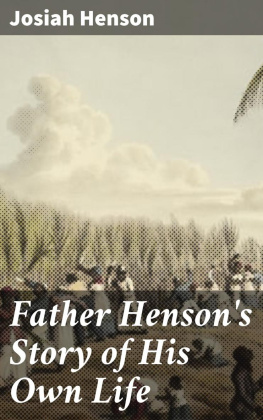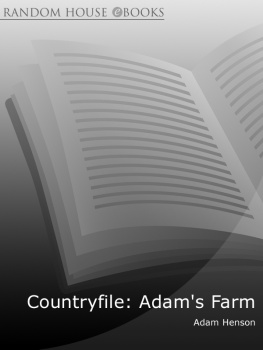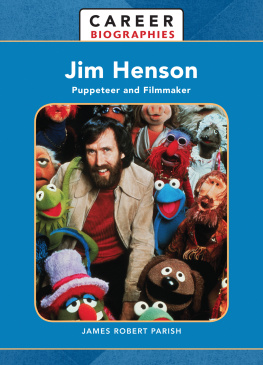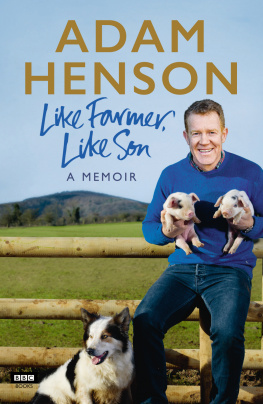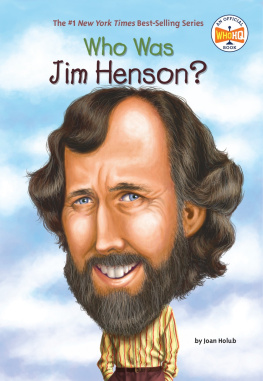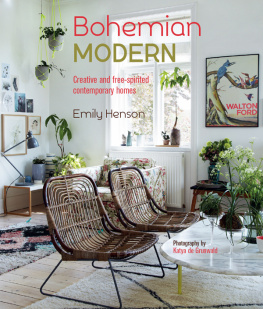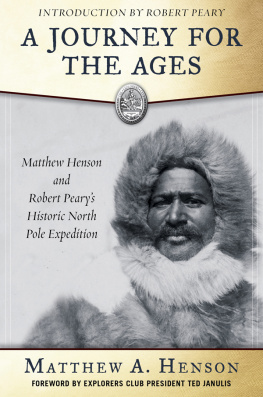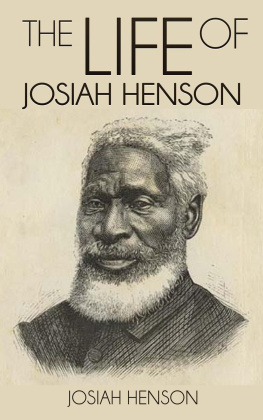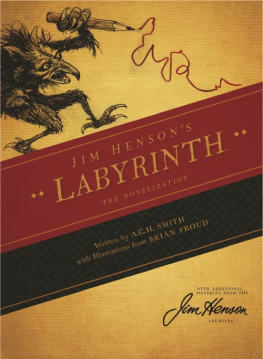Reprinted in paperback 1994 First published 1992
Designed by Lynn Twelftree
Typeset by Bookset Pty Ltd, North Melbourne, Victoria
Printed in Hong Kong by
South China Printing Co. (1988) Ltd. for
Melbourne University Press, Carlton, Victoria 3053
U.S.A. and Canada: International Specialized Book Services, Inc.,
5602 N.E. Hassalo Street, Portland, Oregon 97213-3640
United Kingdom and Europe: University College London Press,
Gower Street, London WC1E 6BT, UK
This book is copyright. Apart from any fair dealing for the purposes of private study, research, criticism or review, as permitted under the Copyright Act, no part may be reproduced by any process without written permission. Enquiries should be made to the publisher.
Barbara Mary Henson 1992
National Library of Australia Cataloguing-in-Publication entry
Henson, Barbara, 1942 .
A straight-out man: F. W. Albrecht and Central Australian Aborigines.
Bibliography.
Includes index.
ISBN 0 522 84569 X
1. Albrecht, F. W. (Friedrich Wilhelm), 18941984.
2. Lutheran ChurchMissionsNorthern TerritoryHistory. 3. MissionariesNorthern TerritoryBiography. [4]. Aborigines, AustralianMissionsNorthern Territory. I. Title.
266.41092
To my mother and father, remembering especially my mothers interest and feeling for a world and people beyond her immediate ken, and my fathers capacity for commitment to a chosen task.
P REFACE
I am sometimes asked why I have written a biography about a Lutheran missionary in Central Australia. The answer goes a long way back, and lies in the kinds of questions which arose out of finding myself, partly European, living in Terra Australis, a vast southern continent which seemed to have little to do with Europe.
I felt the disparity even as a child. There seemed to me to be only two landscapes in Australiathe coast and the inland. Growing up at the base of Cape York Peninsula, west of the Great Dividing Range, the Pacific coast was a mere seventy miles away. Yet, in my childhood experience, it might have been another country. Cairns and its surrounds were lush, green, tropicala place where life seemed easier and my aunts hibiscus shrubs grew two or three feet a year. On the dry, sandy ridge west of Mareeba where my parents had established a tobacco farm, my mothers flowering trees and shrubs seemed, for all her diligent watering, to remain perpetual dwarfsthat is, if they were not eaten off by brumbies or burned in bushfires that came too close. As an adult, I was surprised to find they had eventually grown into sizeable trees. But within the strange stasis of childhood, where things are forever the same, life inland of the range seemed on the whole harsh and difficult.
Yet the bush also gave me other experiencesthe beauty of its brief but brilliant greening in the wet season, a deep contentedness in roaming the hills and gullies, the crazy exhilaration of burning fire-breaks at night. And something that never ceased to amaze methe recurring transformation of dry brown hills, with distance, into the most serene and transcendent of blues.
There was another puzzle connected with the landscape. To my childhood eyes, the hills and rough trees bore no imprint of the Christian teaching I was trying to absorbideas of God, events in Palestine so long ago. Nor did the small town we lived near, for all its Catholic church at one end of the main street. I could find no way to bring the Christian story into the place where I lived.
But life quickly drew me away from the bushhigh school, university, work. It seemed inevitably urban, thoroughly centred in a European tradition. Asked about the Australian Aborigines while studying in the United States in 1968, I was astounded, embarrassed. Yes, I had seen them, knew their existence. But I had never really thought about them. Nor did I for many more years until I was back in Australia, and starting to write.
An inner question was becoming increasingly clear, even urgent: What was this strange enterprise called Australia, this large, dry continent peopled primarily by representatives of two such different culturesAborigines who had spread across much of its surface and lived in tangible relationship to it, and white Europeans who in the majority still lived on its edges, transposing a culture which often seemed inappropriate and misplaced. It was not a new theme, but it had become explicit and personal for me. And as a writing question, I knew I had no desire to write about an Australian who had lived purely out of the European, coastal mode. I wanted to touch the Aboriginal part, and the continent itself. I thought and read about Albert Namatjira, an Aborigine who had become very visible within European Australia. But I came to feel that the cultural gap was too great to be bridged by someone who could not spend considerable time in Central Australia.
In that search, I had come across the name of Pastor F. W. Albrecht, superintendent of the Hermannsburg mission in Central Australia, and involved in Namatjiras beginnings as an artist. I learned that he and his wife had come from Europe to Central Australia in the 1920s and had lived there for almost forty years. I also discovered that he was still alive, aged eighty-nine, living in retirement in Adelaide.
Several aspects caught me. This man was a European, yet he had spent a large part of his life with Aborigines. This encounter, the point of contact between Aboriginal and European, interested me most. And that lifetime Christian commitmentthat was still a point of search. Nor could I even begin to imagine what it would be like to come from northern Europe to the dry red heart of Australia. My childhood dilemmas of coast and inland paled into insignificance.
I wrote to Pastor Albrecht at the nursing home in Adelaide where he lived with his wife, and later telephoned him. Waiting for the voice on the other end was one of those moments in life: one feels blank, unknowingyet one is hoping for something. What is there, or more accurately, what is there for me? It was an old mans voice that answered, rather slow, a little quavery, the voice of an old man in a nursing home. My heart almost sank. Perhaps it was not there. I listened, trying to catch this unknown thing through the thin thread of a voice at long distance.
Pastor Albrecht, I said after some moments, You were involved for so long with the Aborigines, do you still think about those issues?
Oh, yes, the reply came stronger, Oh yes, in spirit, Im still there. They were my life, you see.
I must have breathed out. I had heard what I was searching for.



